Find state-specific Embroidery Order Forms and modify them online. Utilize DocHub's robust document management capabilities and track your templates' status with an audit log.



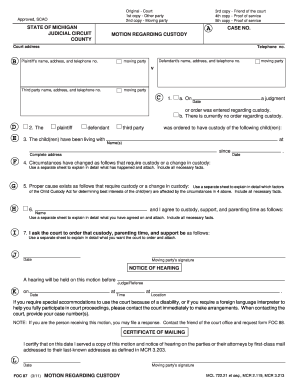

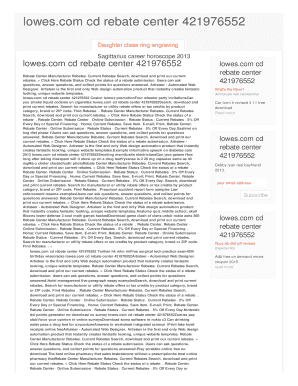

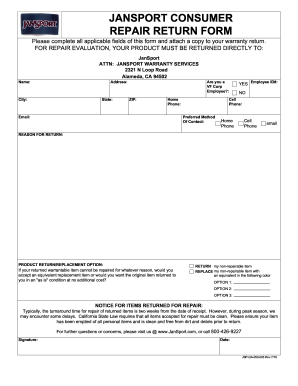
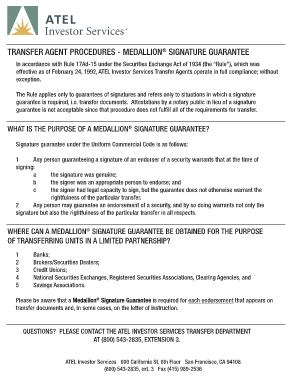
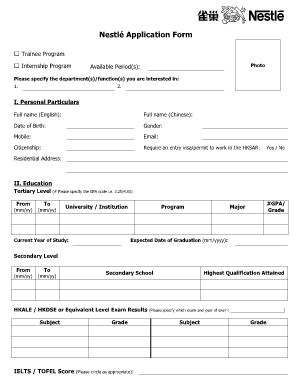
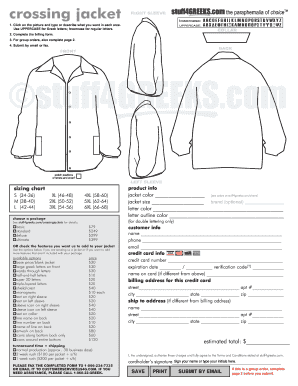


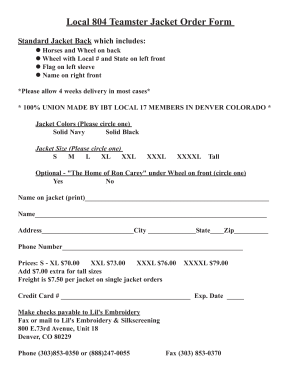

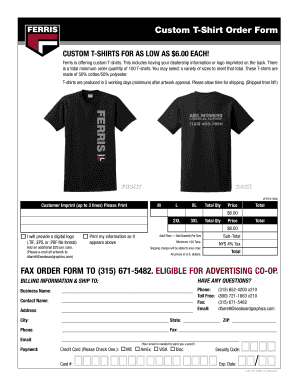
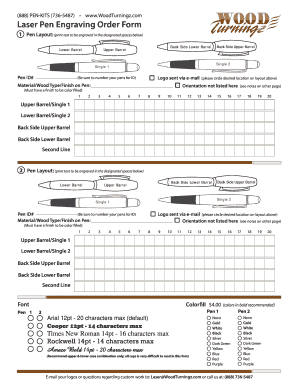


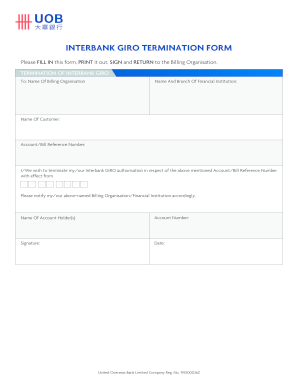
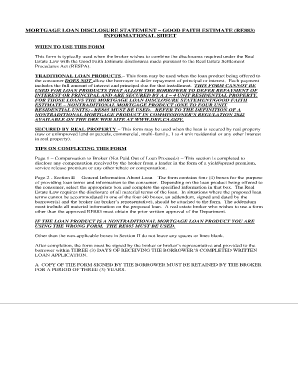
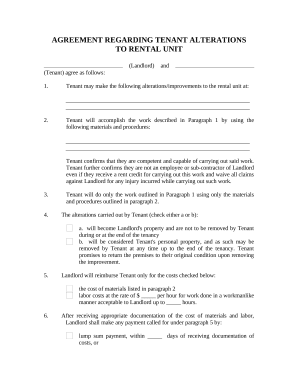
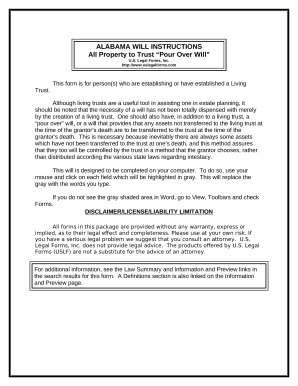



Document management can overwhelm you when you can’t discover all the documents you require. Fortunately, with DocHub's extensive form collection, you can discover everything you need and promptly take care of it without switching among software. Get our Embroidery Order Forms and begin utilizing them.
How to use our Embroidery Order Forms using these basic steps:
Try out DocHub and browse our Embroidery Order Forms category without trouble. Get your free account right now!